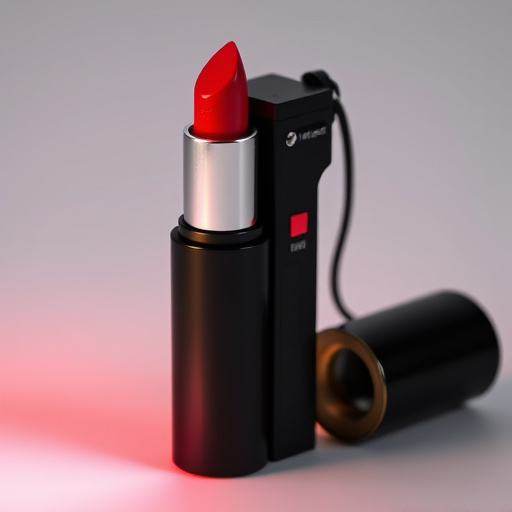Lipstick stun guns with flashlights, despite their concealable design, face varying legalities across US states due to differing classifications, voltage outputs, and restrictions. While some states prohibit them entirely, others allow with age limits and power output guidelines. Understanding local laws is crucial for responsible ownership; future legislation may adopt a more nuanced approach based on device safety features.
“Uncover the legal landscape surrounding lipstick stun guns with integrated flashlights, a unique self-defense tool gaining popularity. This comprehensive guide navigates state-by-state restrictions on stun devices, offering insights into the regulations that govern their possession and use. From understanding the legal perspective to exploring common exceptions and future trends, we delve into the intricate world of stun gun laws, ensuring you’re informed in today’s digital era.”
- Understanding Lipstick Stun Guns: A Legal Perspective
- State-by-State Regulations: Unraveling the Restrictions
- Common Exceptions and Allowances for Stun Devices
- Future Trends: How Laws Might Evolve
Understanding Lipstick Stun Guns: A Legal Perspective
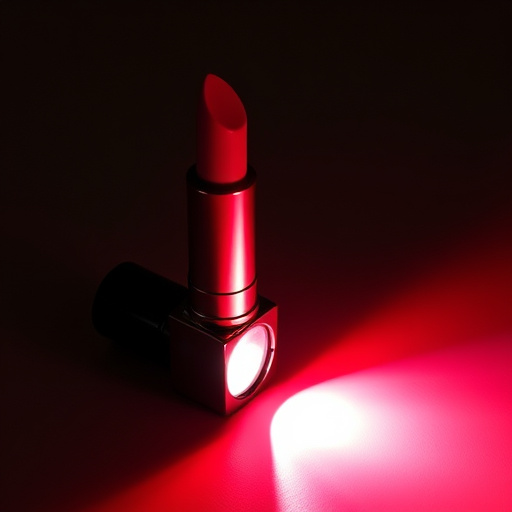
Lipstick stun guns, often disguised as everyday makeup items like lipsticks or glosses, have gained attention for their compact design and surprising capabilities. These devices offer a unique approach to personal safety, making them easily concealable and accessible. However, understanding their legal status across different states is essential for those considering purchasing one. In many jurisdictions, lipstick stun guns with flashlights are treated similarly to other stun guns, subject to similar regulations regarding age restrictions, permissible use, and places where they can be carried.
The legality often hinges on the device’s classification as a weapon, which can vary based on factors like voltage output, weight, and whether it includes other features like a flashlight or laser pointer. Some states explicitly prohibit all stun guns, while others allow them with certain limitations. For instance, some states might require permits or registrations for stun guns, restrict their use to self-defense scenarios, or limit the power output to ensure they’re not considered deadly weapons. Therefore, buyers must carefully research and understand local laws before acquiring a lipstick stun gun with flashlight.
State-by-State Regulations: Unraveling the Restrictions
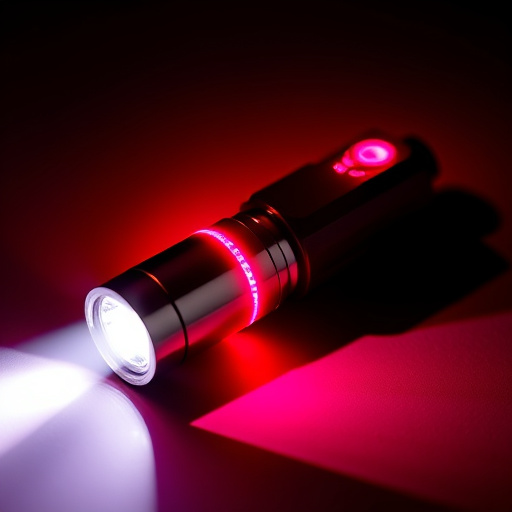
In the United States, the regulations surrounding stun guns vary significantly from state to state, creating a patchwork of laws that owners and potential buyers must navigate. These restrictions can be particularly confusing when considering specialized devices like a lipstick stun gun with flashlight, which combines convenience and self-defense functionality. Some states have strict rules regarding stun guns as secondary weapons, limiting their accessibility only to licensed professionals or requiring specific permits for personal use.
Other jurisdictions take a more lenient approach, allowing stun guns without a permit but still imposing certain restrictions. For example, some states mandate minimum age requirements, while others have guidelines on the device’s power output and size. Additionally, there might be rules about where and how these devices can be carried, with specific prohibitions in places like schools, workplaces, or public transportation hubs. Understanding these state-by-state regulations is crucial for responsible stun gun ownership, ensuring compliance with local laws while prioritizing safety.
Common Exceptions and Allowances for Stun Devices
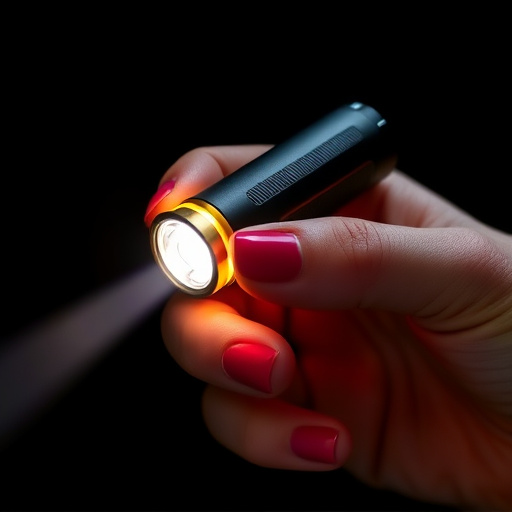
In many states, stun devices are generally regulated and their possession and use may be restricted. However, there are often common exceptions and allowances that make it easier for individuals to acquire and carry stun tools. One notable example is the lipstick stun gun with flashlight, a compact and discreet device designed to fit easily in one’s purse or pocket. These products are typically treated as non-lethal self-defense tools and may be legal to own without a permit in certain jurisdictions.
The specific rules vary widely from state to state, but some common allowances include allowing stun devices for personal protection while traveling or during outdoor activities. They might also be permitted in places like colleges or universities to deter crime on campuses. Additionally, some states allow individuals with valid reasons, such as a fear of attack or a history of violence, to carry stun guns without a license. It’s crucial to check local laws and understand the specific restrictions and exceptions before purchasing or carrying any stun device.
Future Trends: How Laws Might Evolve
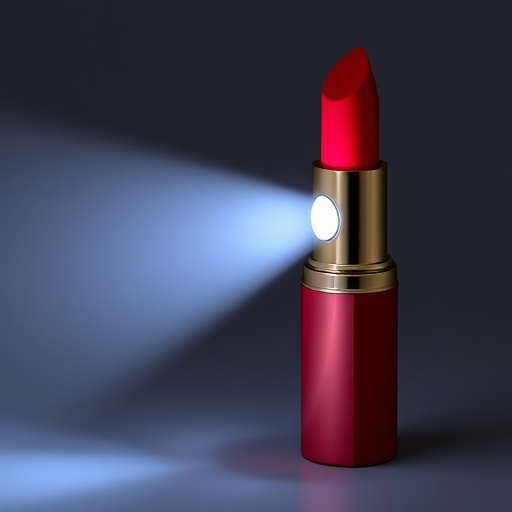
As the technology behind personal defense devices like lipstick stun guns with flashlights advances, future trends in legislation could see a more nuanced approach to their regulation. While current laws often classify stun guns as firearms or restricted weapons, advancements in design and functionality might prompt a reevaluation of these classifications. For instance, smaller, more discreet devices that incorporate advanced safety features and user-friendly interfaces could be seen as less of a threat to public safety.
This evolution might lead to more state-specific laws that balance the right to self-defense with community safety concerns. Some states might allow certain types of stun guns under specific conditions, such as for individuals with a valid concealed carry permit or those who complete safety training programs. Additionally, increased integration of smart technology in these devices could facilitate regulatory requirements for GPS tracking, automatic shut-off mechanisms, and data logging to monitor usage and prevent misuse—a shift from one-size-fits-all restrictions towards more adaptable legislation that caters to the unique features of modern stun guns, including those with flashlights.
The legal landscape surrounding lipstick stun guns with flashlights is a complex web of state-level restrictions, with each jurisdiction having its own set of rules. Understanding these regulations is essential for individuals seeking to protect themselves legally. As we’ve explored the various aspects, from the unique design of lipstick stun guns to the specific allowances and exceptions, it’s clear that awareness of local laws is paramount. Moving forward, expected changes in legislation may further democratize access to personal safety tools, ensuring citizens can take control of their well-being while navigating the evolving legal framework around stun devices.
